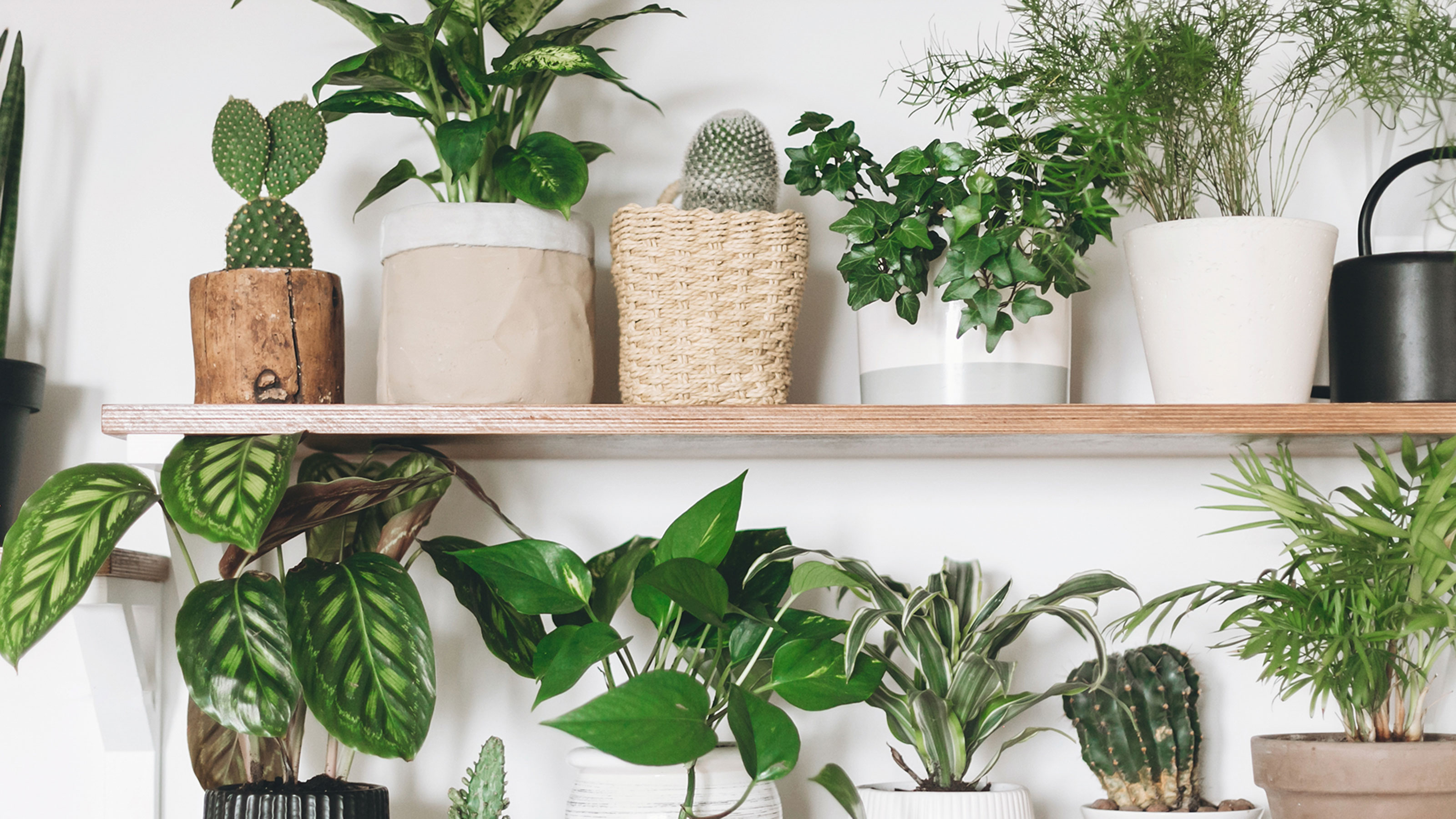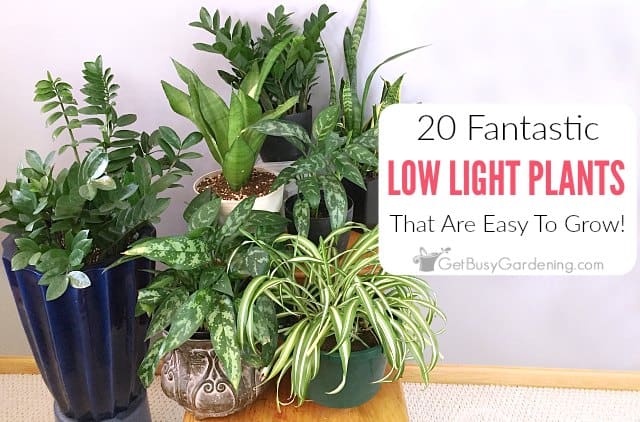Transform Your Home With Beautiful Low-Light Indoor Plants and Their Advantages
Including low-light interior plants right into your home can substantially improve both the environmental and visual high quality of your living spaces. These plants, which grow in dark problems, serve not just as attractive elements but additionally as natural air cleansers, making them suitable for urban dwellers or those with minimal sunshine exposure. As we discover the numerous kinds of low-light plants and their advantages, you might discover unusual methods to integrate them into your home that can change your surroundings in means you might not have expected.
Benefits of Low-Light Plants
Low-light plants use various benefits for interior environments, making them an excellent selection for both newbie and skilled gardeners. Among the main benefits is their flexibility to low-light conditions, allowing people to enhance their space without the demand for considerable sunlight direct exposure. This particular makes them perfect for apartments, workplaces, and other locations with limited all-natural light.

In addition, incorporating low-light plants right into home décor can raise the visual allure of a space. Their lush foliage and varied structures produce a relaxing atmosphere, contributing to overall wellness. The existence of greenery has been connected to minimized anxiety levels and improved productivity, making low-light plants a useful choice for enhancing both physical and psychological wellness in interior setups.
Leading Low-Light Indoor Plants
While numerous interior plants thrive in brilliant light, numerous species are especially fit for low-light conditions, making them optimal for numerous indoor areas. One preferred selection is the Snake Plant (Sansevieria), known for its striking upright leaves and strength, calling for minimal care. One more exceptional alternative is the Pothos (Epipremnum aureum), which includes heart-shaped leaves and can trail perfectly from hangers or shelves, prospering in reduced light and including a lavish touch.
The ZZ Plant (Zamioculcas zamiifolia) is celebrated for its glossy leaves and capability to hold up against neglect, making it ideal for hectic way of lives. In a similar way, the Tranquility Lily (Spathiphyllum) not just tolerates reduced light but also produces spectacular white blossoms, boosting any kind of space's visual.
For an unique touch, consider the Cast Iron Plant (Aspidistra elatior), which without a doubt meets its name, growing in the darkest edges of your home. The Chinese Evergreen (Aglaonema) uses a range of leaf patterns and shades while being remarkably forgiving in low-light problems. These plants not only beautify interior atmospheres but additionally contribute to air purification, boosting your living area.
Care Tips for Low-Light Plants
:strip_icc()/philodendron-b37371f3-c7eb0d91eedb4946b5854c08914dc82c.jpg)
Sprinkling practices are crucial; these plants commonly choose somewhat dry conditions. Overwatering can bring about root rot, so guarantee that the leading inch of dirt is dry prior to sprinkling again. Use pots with water drainage holes to enable excess dampness to escape.
Humidity is an additional important element. Several low-light plants, such as ferns and peace lilies, take advantage of greater moisture levels. To enhance moisture, take into consideration misting the leaves or positioning a tray of water near the plants.
Fertilizing should be come close to with care. During the growing season, utilize a diluted, balanced liquid fertilizer on a monthly basis to support growth, yet avoid feeding throughout the inactive winter season.

Creative Ways to Present Plants
Indoor plants can act as fascinating focal factors in any kind of room, enhancing both aesthetic appeal and ambiance. Creative display screens can boost the aesthetic impact of low-light plants, making them an integral part of your home decor. One reliable approach is to make use of tiered plant stands, which permit you to display several plants at varying heights while taking full advantage of floor space.
Hanging planters are another innovative option, creating a feeling of deepness and drawing the eye upward. Consider macramé wall mounts or wall-mounted racks important link to introduce a distinct texture and design.
For an extra structured technique, use geometric terrariums or glass containers to house your plants, adding a modern-day touch to your interior garden. You can also repurpose classic products, such as teacups or wooden pet crates, for a diverse screen that reflects your individuality.
Enhancing Home Atmosphere With Plants
Integrating low-light plants right into your home not only enhances aesthetic charm but additionally adds substantially to the overall ambiance. These plants act as natural decor aspects, introducing a sense of peace that can change any type of room. The visibility of greenery cultivates a soothing atmosphere, which is specifically useful in high-stress environments such as home offices or living rooms.
Low-light plants, such as snake plants, pothos, and ZZ plants, are not just aesthetically pleasing but additionally enhance interior air high quality by filtering system contaminants. This dual feature enhances the setting even more, creating a much healthier home (Best low-light indoor plants). The strategic positioning of these plants can likewise affect the assumption of area; for example, high plants can draw the eye upwards, making ceilings show up higher and spaces more large
Moreover, varying structures and shades of vegetation include depth to interior decoration, permitting creative expression in home styling. Whether put on racks, in edges, or as focal points, low-light plants can boost the mood of any type of area. In summary, integrating these plants right into your home is a reliable means to foster a warm, inviting environment while profiting of boosted air quality and aesthetic flexibility.
Final Thought
Incorporating low-light interior plants right into home atmospheres provides numerous advantages, consisting of enhanced aesthetic allure and boosted air high quality. These durable plants, such pop over to this web-site as the Snake Plant and Tranquility Lily, need very little light and upkeep, making them appropriate for diverse way of livings.
While lots of indoor plants thrive in intense light, a number of types are especially well-suited for low-light problems, making them suitable for numerous interior areas. One effective method is to use tiered plant stands, which allow you to display several plants at varying elevations while making best use of flooring space.
Low-light plants, such as serpent plants, pothos, and ZZ plants, are not only aesthetically pleasing yet likewise boost indoor air quality by filtering system contaminants. Best low-light indoor plants. The strategic positioning of these plants can additionally influence the perception of area; for circumstances, tall plants can attract the eye upward, making ceilings appear greater and areas a lot more roomy
These resistant plants, such as the Snake Plant and Peace Lily, need very little light and upkeep, making them appropriate for varied way of livings.